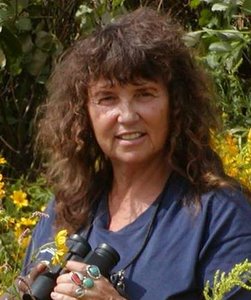EOHSI Member Joanna Burger, Ph.D. featured in the New York Times

Joanna Burger, Ph.D.
Red Knots in Steepest Decline in Years, Threatening the Species’ Survival
The variety of purple knots visiting the Delaware Bay seashores throughout this spring’s northbound migration unexpectedly dropped to its lowest since tallies started virtually 40 years in the past, deepening concern about the shorebird’s survival and dealing a pointy setback to a quarter-century of efforts to put it aside.
Conservationists discovered fewer than 7,000 of the chicken’s rufasubspecies throughout intensive counts on land, air and water on the New Jersey and Delaware sides of the bay throughout May. The quantity is a couple of third of that discovered in 2020; lower than 1 / 4 of the ranges in the earlier two years; and the lowest since the early Nineteen Eighties when the inhabitants was about 90,000.
Numbers have been already nicely beneath the degree that might guarantee the chicken’s survival. An earlier decline had been halted by years of conservation efforts, together with a ban by New Jersey on the harvesting of horseshoe crabs, whose eggs present important meals for the birds on their long-distance migrations.
The newest drop makes the rufa subspecies — which has been federally listed as threatened since 2014 — much more susceptible to exterior shocks, reminiscent of dangerous climate in its Arctic breeding grounds, and pushes it nearer to extinction, naturalists say.
“I think that we need to think about the red knot as a species that is dying, and we really need emergency measures,” mentioned Joanna Burger, a biologist at Rutgers University. She has studied the knot and different declining shorebirds reminiscent of ruddy turnstones and semipalmated sandpipers on the Delaware Bay since the early Nineteen Eighties.
She referred to as for a direct ban on the harvesting of horseshoe crabs for bait, an business that’s nonetheless energetic in Delaware, Maryland and Virginia, and which is topic to quotas by the Atlantic States Marine Fisheries Commission. Although the regulator doesn’t allow the harvesting of feminine crabs, naturalists say the rule just isn’t strictly enforced, ensuing in the lack of a few of the egg-laying animals and a consequent discount in the birds’ meals provide.
(Sources: The New York Times – June5, 2021 / Good World News – June 7, 2021)
Copyright © 2021, Rutgers, The State University of New Jersey

